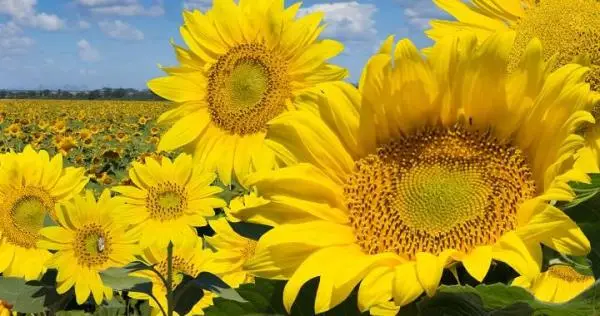As you know, light is a fundamental element for plants, since it allows them to process the nutrients in the soil and turn them into their food. However, not all lights are the same, nor do all plants need the same light. The natural is the most intense and powerful, so it is important to ensure that all species access it at least for a few hours a day. It should also be taken into account that the light is different depending on the time of year, the time of day, the region and, indoors, the color of the walls and furniture, the presence of mirrors and glazed surfaces. Both excess and lack of light can have negative consequences on plants. We tell you which ones below.
Excess light on plants
As we have just mentioned, an excess of light in your plants can cause them to not develop as they should. Too much light can cause the leaves to lose their green hue and turn whitish, with brown edges and brown spots.
On the other hand, the size of the copy is reduced , sometimes it wrinkles and it can even be burned. As a consequence, the plant will tend to grow facing the opposite side to that from which it receives the light.

Lack of light on plants
On the other hand, if the plant receives less light than necessary, it will look weak: it will flower little by little and the flowers will be very small, falling before they have completed their development. On the other hand, the stems will be weak and thin and the leaves will turn yellow and fall soon.
Light everywhere
In addition to ensuring that the plant receives adequate light, it is important that it reaches all parts in the same way. If only one part receives the light, its entire development will tend to deviate towards the illuminated side.
